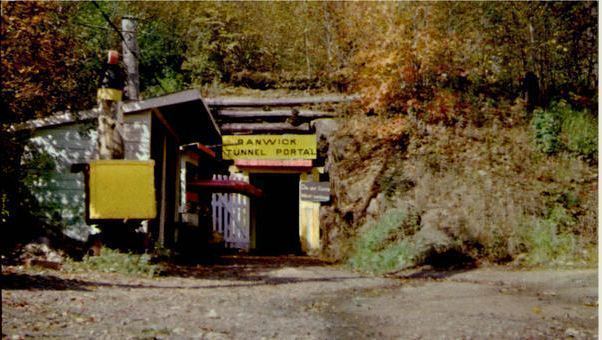Created 1858 Area code(s) 705 Population 115,870 (2011) | Time zone EST (UTC-5) | |
 | ||
Weather -11°C, Wind N at 19 km/h, 88% Humidity Colleges and Universities Algoma University, Sault College, Shingwauk Kinoomaage Gamig | ||
Algoma District is a district and census division in Northeastern Ontario in the Canadian province of Ontario.
Contents
- Map of Algoma District ON Canada
- Subdivisions
- Cities
- Towns
- Townships
- Villages
- Reserves
- Unorganized areas
- Kings Highways
- Tertiary highways
- Forests
- Attractions
- References
Map of Algoma District, ON, Canada
Algoma was created by proclamation in 1858 as a provisional judicial district of the Province of Canada comprising territory north of the French River as far west as Pigeon River (Minnesota-Ontario), including all Canadian islands in Lakes Huron and Superior. The authorizing act of the Legislative Assembly of the Province of Canada was An Act to provide for the Administration of Justice in the unorganized Tracts of Country within the limits of this Province (known by its short title as The Temporary Judicial Districts Act, 1857).
The district seat has been Sault Ste. Marie since 1858.
As the population grew and the northern and northwestern boundaries of Ontario were determined by the Judicial Committee of the Privy Council, Algoma shrank. Other districts were created from it by the provincial government of Ontario:
The rugged scenery of this region has inspired works by Canadian artists, particularly the Group of Seven. They rented a boxcar from the Algoma Central Railway to travel on excursions through this region.
Subdivisions
Communities within these subdivisions are added in parentheses.
Cities
Towns
Townships
Villages
Reserves
Unorganized areas
King's Highways
Tertiary highways
Forests
In the Algoma section, the characteristic forest mixture consists of yellow birch, white spruce, balsam fir, sugar maple, hop-hornbeam, and eastern white cedar. Eastern white pine and occasional red pine (Pinus resinosa) dominate on the upper, steep south-facing slopes; white spruce, eastern white cedar, and balsam fir occupy the middle and lower slopes. A white spruce–balsam fir association, which usually includes white birch and black spruce, is prominent on the river terraces and adjoining flats in the northern part of the Section (Rowe 1972).
